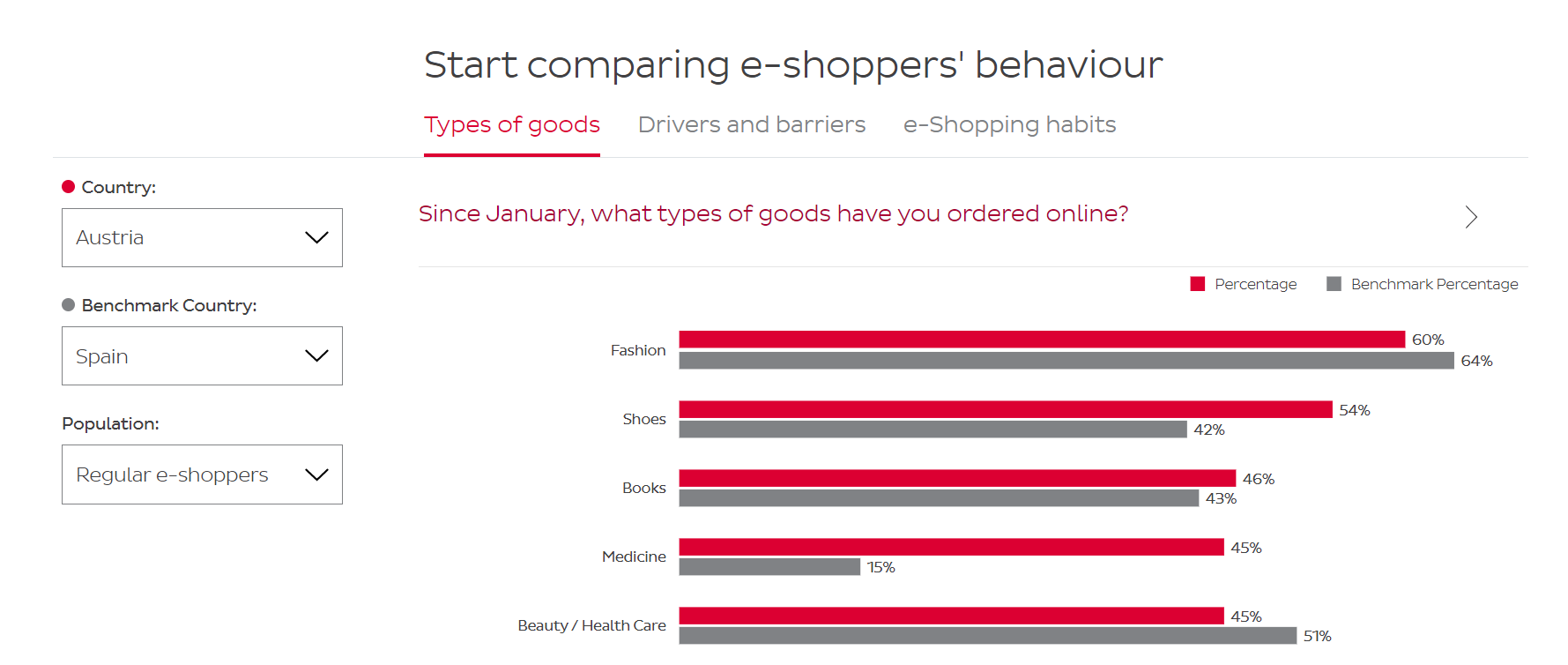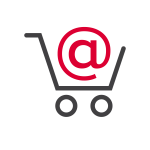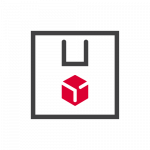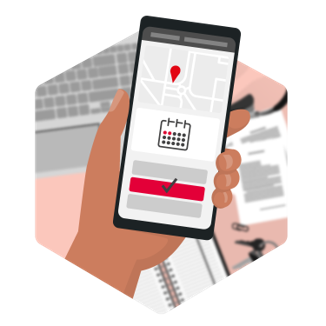

Trends and habits of e-shoppers in 2022
Delivering change
The only constant in life is change
The only constant in life is change”. As good example, the global e-commerce market has experienced tremendous change over the past few years. Following decades of steady growth, the health crisis of 2020 was a watershed moment for the entire industry: shoppers turned in droves to the Internet, resulting in growth that far exceeded all expectations. As a result, consumer habits underwent a dramatic shift, cementing e-commerce’s importance and heralding a new hybrid mode of consumption. Dubbed ‘New Commerce,’ this new approach expressed a certain liberty from the technological, logistic, and economic restrictions of the past. Consumers freely combined traditional and online possibilities in the way that best suited their personal tastes and preferences. In the post-pandemic era, as society seeks to adjust to an unstable context, change remains as constant as ever. If anything, its pace has only accelerated, bringing increased uncertainty as well as promising new opportunities.
Jean-Claude Sonet, EVP marketing, communication & sustainability


Delivering change
The only constant in life is change
The only constant in life is change”. As good example, the global e-commerce market has experienced tremendous change over the past few years. Following decades of steady growth, the health crisis of 2020 was a watershed moment for the entire industry: shoppers turned in droves to the Internet, resulting in growth that far exceeded all expectations. As a result, consumer habits underwent a dramatic shift, cementing e-commerce’s importance and heralding a new hybrid mode of consumption. Dubbed ‘New Commerce,’ this new approach expressed a certain liberty from the technological, logistic, and economic restrictions of the past. Consumers freely combined traditional and online possibilities in the way that best suited their personal tastes and preferences. In the post-pandemic era, as society seeks to adjust to an unstable context, change remains as constant as ever. If anything, its pace has only accelerated, bringing increased uncertainty as well as promising new opportunities.
Jean-Claude Sonet, EVP marketing, communication & sustainability
The results of the new E-shopper barometer survey are known!


The results of the new E-shopper barometer survey are known!
Discover the latest e-commerce trends in Europe.
E-commerce maintains its strength

43 %
of all e-buyers in Slovenia are regular e-buyers.

3 out of 4
Slovenian regular e-buyers buy and/or sell on C2C platforms.

43 %
of regular e-shoppers in Slovenia orders cosmetics online.

46% of regular e-buyers in Slovenia use C2C platforms
The last year has seen a huge increase in the use of C2C platforms and the purchase of used products through social networks.
3 out of 4 regular Slovenian e-buyers buy and/or sell on C2C platforms, and one third claim that they have increased their purchases of used products. The main reason for this is that they buy the products at a lower price than buying them new, and it allows those who sell to free up space in their homes, get rid of unused items and earn extra money.
46% of regular e-buyers in Slovenia use C2C platforms


The last year has seen a huge increase in the use of C2C platforms and the purchase of used products through social networks.
3 out of 4 regular Slovenian e-buyers buy and/or sell on C2C platforms, and one third claim that they have increased their purchases of used products. The main reason for this is that they buy the products at a lower price than buying them new, and it allows those who sell to free up space in their homes, get rid of unused items and earn extra money.
Delivery preferences


Delivery preferences
Today's e-buyers in Slovenia expect a smooth shopping experience, fast and reliable delivery, the ability to track their parcels and the freedom to decide when and where the parcels will be delivered.
When it comes to delivery, being notified of an accurate 1-hour delivery time frame and being able to choose a specific day of delivery is more important than ever.
Key findings in Slovenia
-
despite high inflation and difficult economic conditions, regular customers continue to buy about as much as a year ago,
-
in the last year, the use of C2C platforms and the purchase of used products via social networks has increased significantly,
-
as many as 70 % of participants say that they want to know the name of the delivery service even before completing the purchase,
-
home delivery is still the most popular delivery method, but e-buyers are increasingly using delivery to parcel lockers.
Key findings in Slovenia
-
despite high inflation and difficult economic conditions, regular customers continue to buy about as much as a year ago,
-
in the last year, the use of C2C platforms and the purchase of used products via social networks has increased significantly,
-
as many as 70 % of participants say that they want to know the name of the delivery service even before completing the purchase,
-
home delivery is still the most popular delivery method, but e-buyers are increasingly using delivery to parcel lockers.
Homepage / E-shopper barometer 2022



